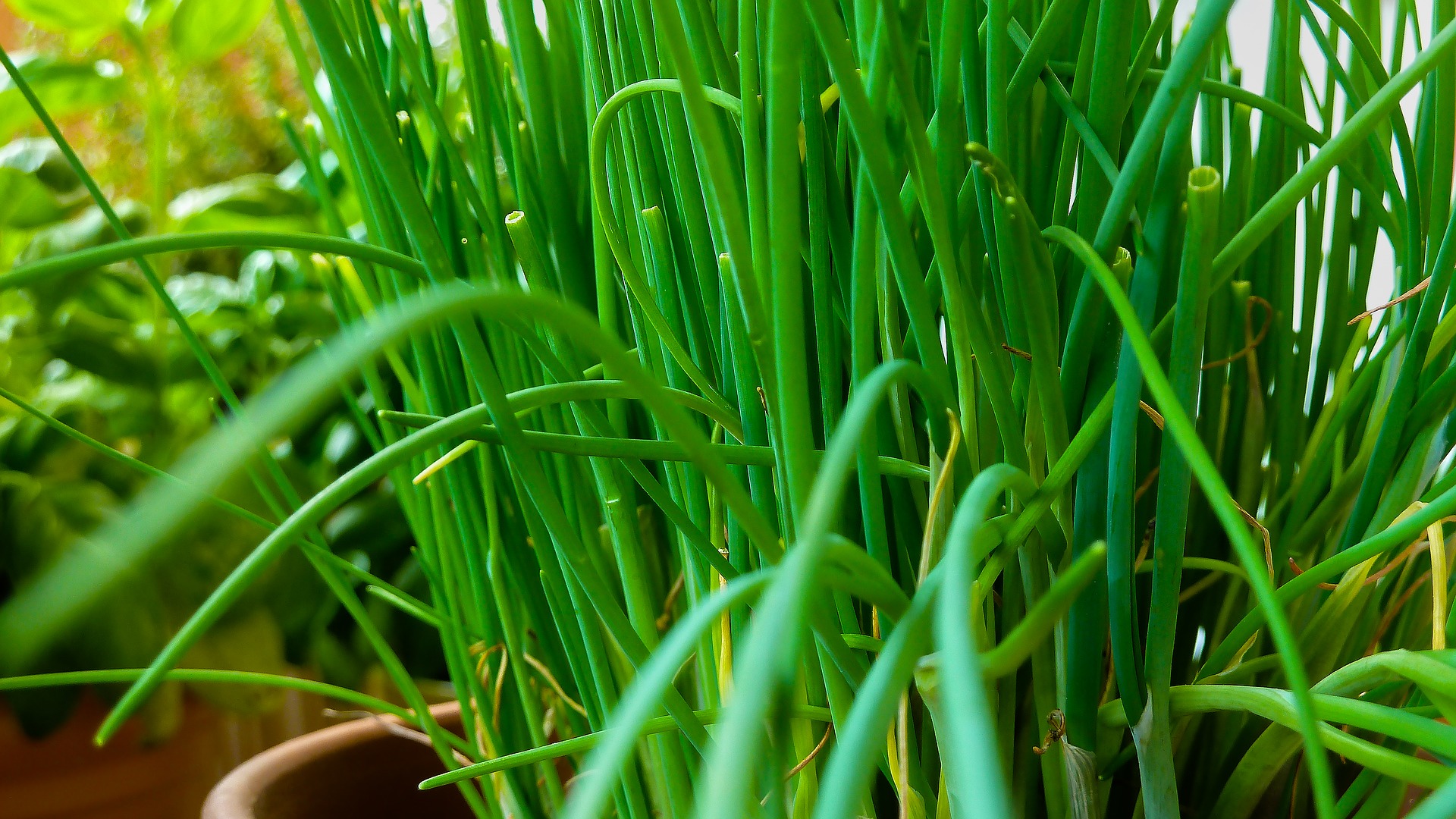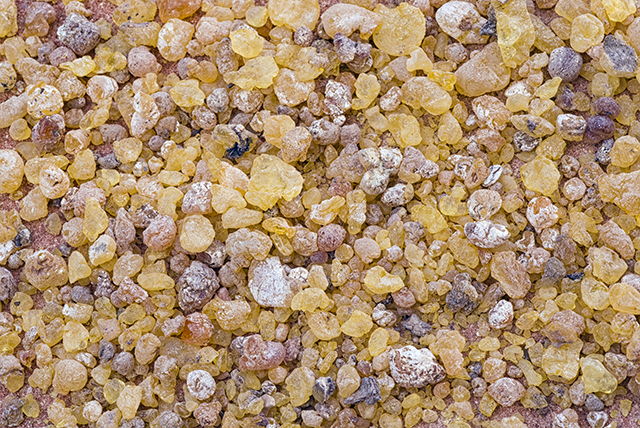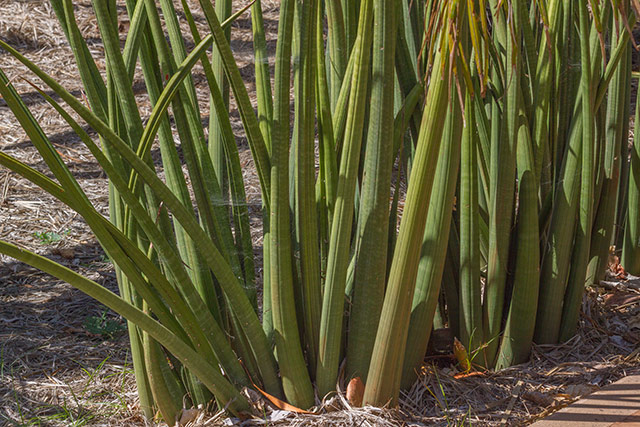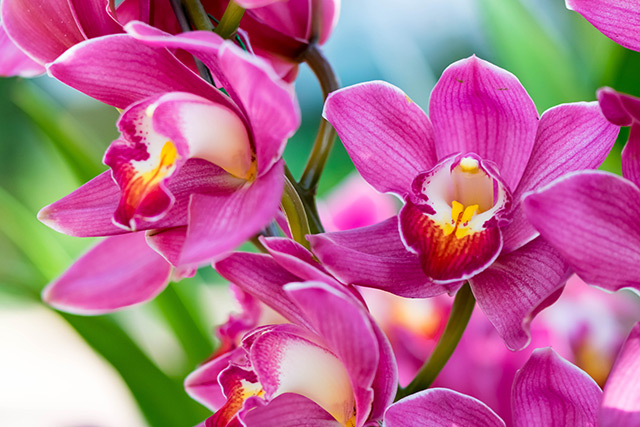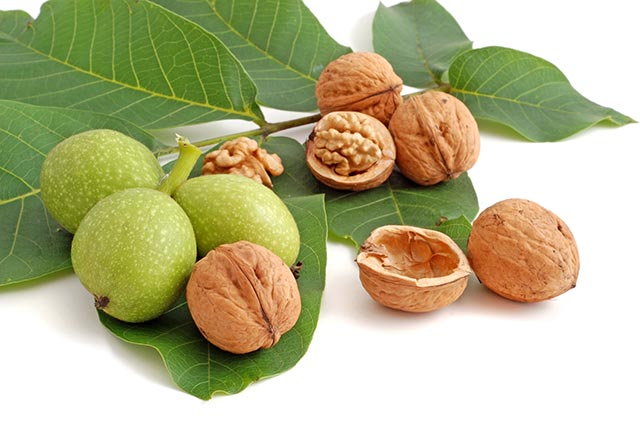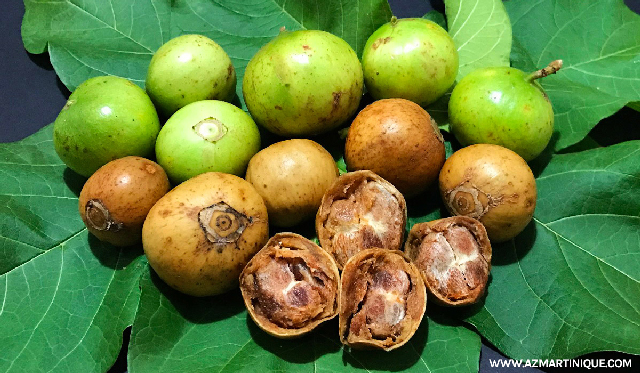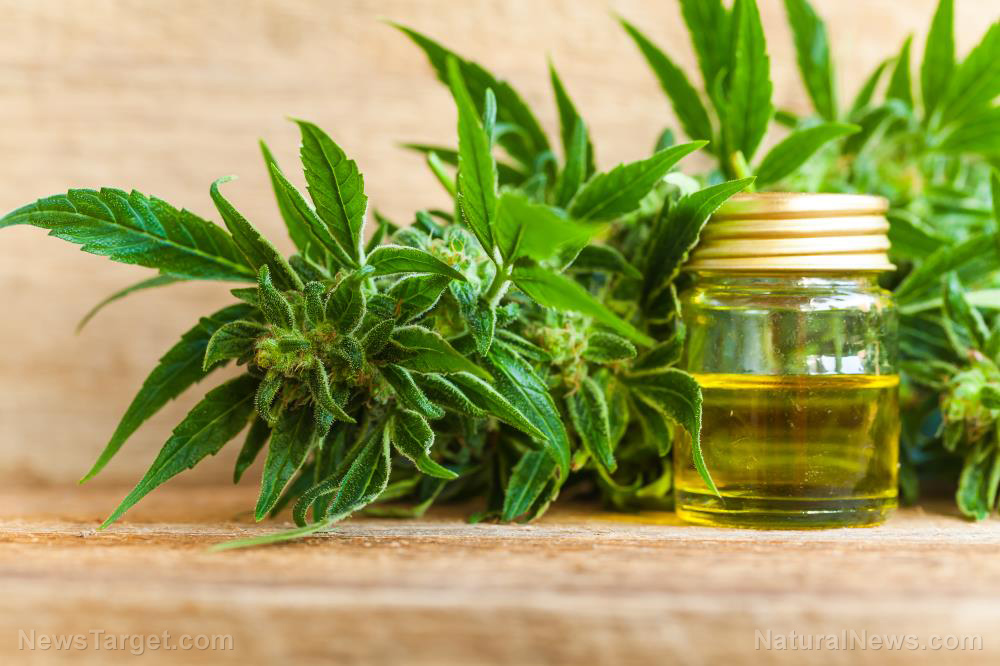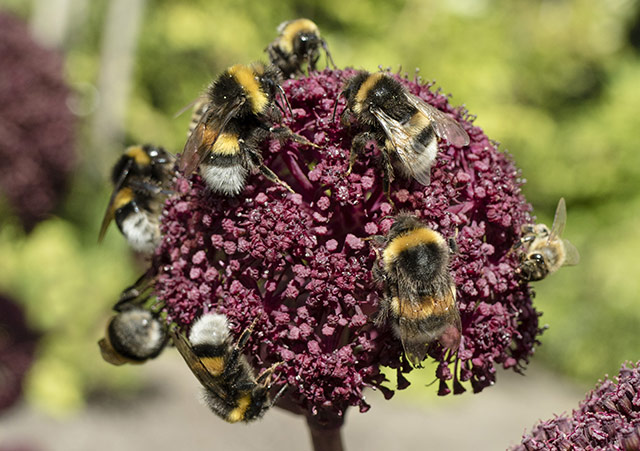5 native American soap plants that you can still find and use today
10/26/2018 / By Michelle Simmons
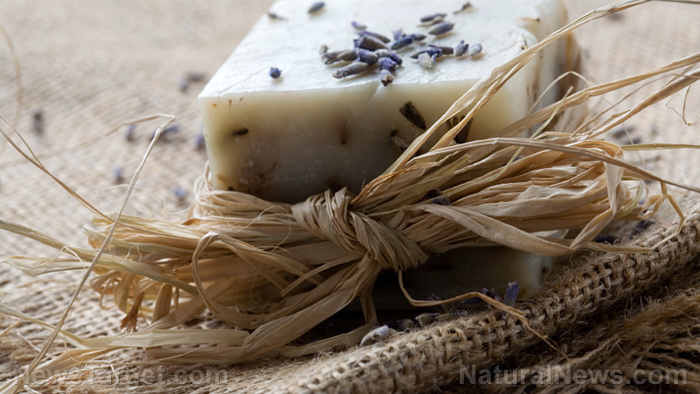
Back then when soap and shampoo were not yet invented, sanitation was a challenging task. So, the Native Americans and early European settlers adapted to their environment and made use of what nature provided. They used Native American soap plants for washing clothes and for cleaning their hair and body.
A lot of these Native American plants contain saponins – steroids that dissolve in water and form a stable froth. Saponins are a part of the plants’ immune system to prevent insect attack and to serve as a natural antimicrobial, guarding their life-bearing seeds. In the past, Native American women were assigned to make soap. They stored cooking grease and animal fat throughout the year for soapmaking day, which is a once-a-year event that preceded spring cleaning. They made soap either directly from Native American soap plants or from oil and lye. Listed below are five native American soap plants that can be still found today. (h/t to PreppersWill.com)
- Amole: Amole is a fairly common plant belonging to the lily family. It can be easily identified because of its long linear leaves that grow from the base of the plant. Its flowers develop on a long stem. It grows a large brown, tennis ball-sized bulb, which is the part used to make soap. To use as a soap, you first have to remove the layers of brown fibers of the bulb until you reach the white bulb. Then, add water and rub between your hands. This will create a rich lather that can be used for sanitary purposes, such as bathing, washing your hair, and cleaning your clothes.
- Bouncing bet: More commonly known as soapweed, soapwort, or crow soap, bouncing bet is less used by Native Americans but mostly used by European countries. Both its leaves and roots can be used as a soap substitute, but its leaves are much easier to use because it will also help keep the plant alive. Its leaves can be used to make soap in many ways. One way is to rub its fresh leaves between your hand with water. You can also boil them to create a lather liquid that can dissolve fats or grease. Get a handful of fresh leaves, then bruise and chop them. Then, soak in a pint of water for 30 minutes, strain, and use the liquid as a liquid soap.
- Buffalo gourd: Buffalo gourd, sometimes called coyote melon, can be found in the central and southwestern United States and northern Mexico. It was used by Native Americans as rattles and soap for washing clothes. They made soap with this plant by using its tender growing tips or leaves, rubbing between the hands with water, creating a frothy green lather. Just be careful when using its leaves because they are covered with rigid spines that can irritate the skin. Because of this, it is regarded as a last resort soap substitute by most survivalists.
- Mountain lilac: Mountain lilac, also known as soap bush, has more than 50 species of shrubs or small shrub trees. Most of them can be found only in North America, and are fairly common throughout the southwest. Mountain lilac can be blue, purple, or white in color, and its shrubs can be found along the trail and on the hillside. However, not all species can be used as soap plants because they have different botanical properties. To test if the mountain lilac species you have can be used as a soap plant, get a handful of blossoms, add water, then rub them between your hands. If it creates a lather with a mild aroma, then you got the right one.
- Yucca: Yucca species can be found throughout the plains and western States. It is easily identifiable because of its stemless cluster of long, rigid leaves that has a sharp end point. Using the leaves to make soap is easier and safer than using the root. Cut the leaves carefully and strip them into fibers until you have very thin strands. Then, add water and rub between your hands until a lather forms. Aside from being one of the most common Native American soap plants, Yucca has many other uses. It can be used as tinder, to make food, sandals, and carrying cases. (Related: Amazing food fact: The main ingredient in tapioca pudding is a tropical tuber that provides a huge portion of the world’s dietary carbohydrates.)
Mother Nature's micronutrient secret: Organic Broccoli Sprout Capsules now available, delivering 280mg of high-density nutrition, including the extraordinary "sulforaphane" and "glucosinolate" nutrients found only in cruciferous healing foods. Every lot laboratory tested. See availability here.
Read more news stories and studies on other natural alternatives to personal care products at HomeGardening.news.
Sources include:
Tagged Under: gardening, herbal soap, Herbs, hygiene, Native American plants, off grid, Personal care products, preparedness, prepper, prepping, remedies, sanitation, self-reliance, soap plants, survival




